Ceramic Resistors
Ceramic Resistors
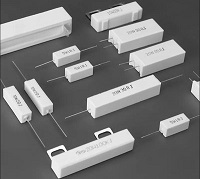
Ceramic resistors are widely used and typically consist of resistive wire wound around a ceramic core. They are available in various sizes and shapes, such as rods, discs, sleeves, and rings, to accommodate different applications and customer requirements. Electrical contact is established by depositing metals like brass, aluminum, or copper onto the resistors. This can be done through molded-on contacts, capped leads, or secured metal caps.
Ceramic resistor cores serve multiple purposes, including reducing current flow, adjusting signal levels (to divide voltage), and terminating transmission lines. While these applications are common, ceramic resistors offer versatility beyond these functions. They provide reliable performance in a wide range of electronic circuits and systems.
CHARACTERISTICS
- Technology
- wire-wound
- Electrical characteristics
- high-power
- Mounting
- ceramic-housed
- Applications
- current-sense
High power to size ratio Low inductance, less than 5 nH Ceramic cases are available with circuit board stand-offs (designated with a -3 model ending) Superior surge capability Extremely low resistance values Complete welded construction Special inorganic potting compound and ceramic case provide high thermal conductivity in a fireproof package
Ceramic Encased Resistor
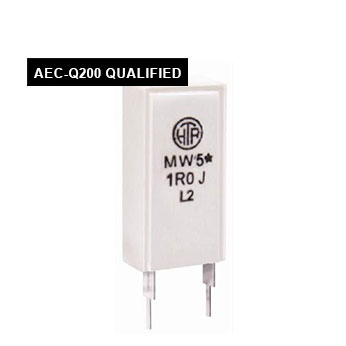 HMW
|
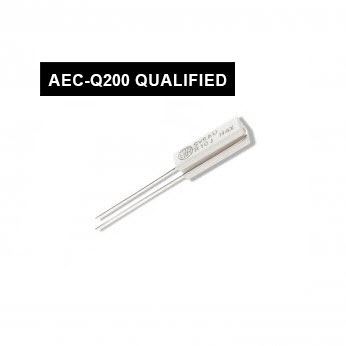 HSVAU 4W to 17W
R04 to 82K
1% – 10%
|
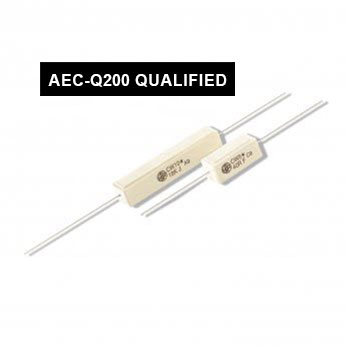 HCW 1W to 20W
R05 to 56K
1% – 10%
|
||
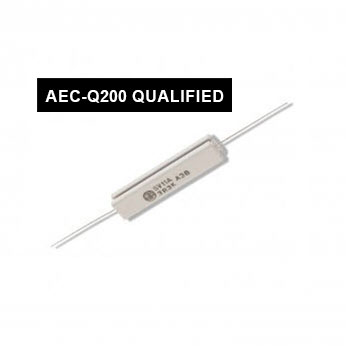 HSVA 4W to 17W
R04 to 82K
1% – 10%
|
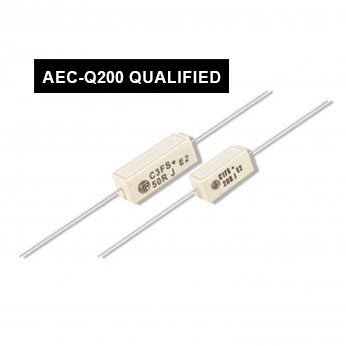 FRC 1W to 3W
10R to 750R
3% – 10%
|
<hcv-bracket>
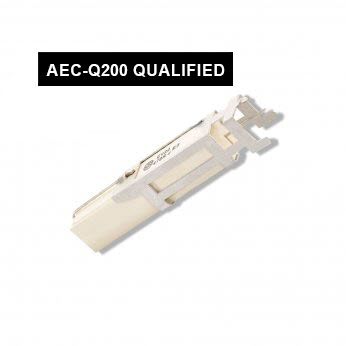 HCV With Bracket 7W to 20W
R05 to 56K
1% – 10%
|
||
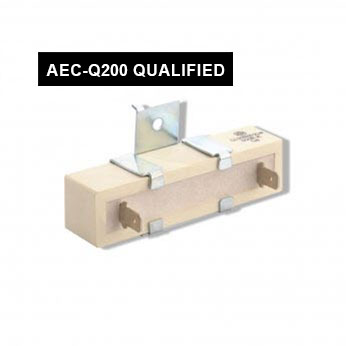 HCL 10W to 40W
R10 to 68K
3% – 10%
|
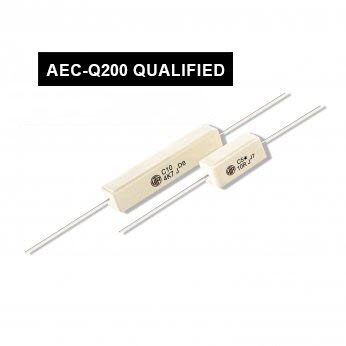 HCA 1W to 20W
R05 to 56K
1% – 10%
|
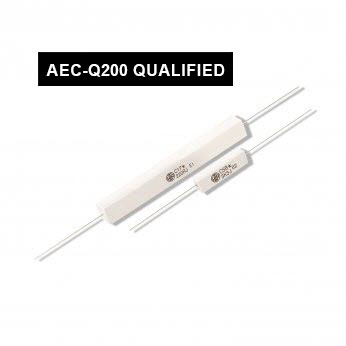 HEA 1W to 17W
R025 to 82K
1% – 10%
|
||
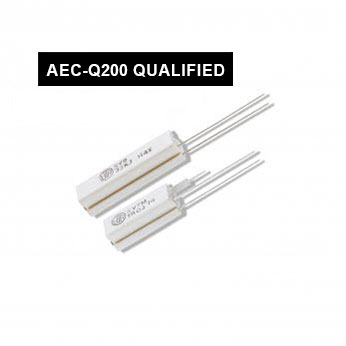 HSV 4W to 17W
R04 to 82K
1% – 10%
|
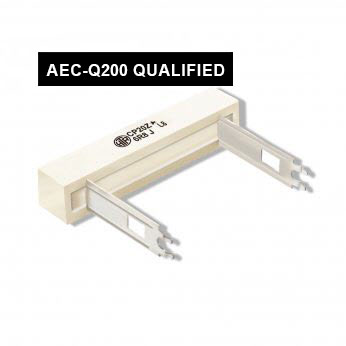 HCP 3W to 20W
R10 to 56K
3% – 10%
|
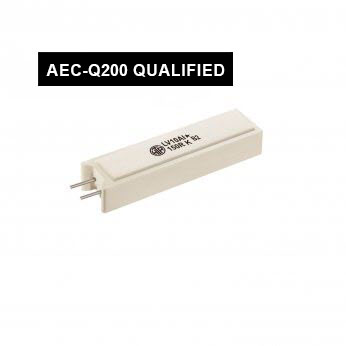 HMV 2.5W to 15W
R04 to 36K
3% – 10%
|
||
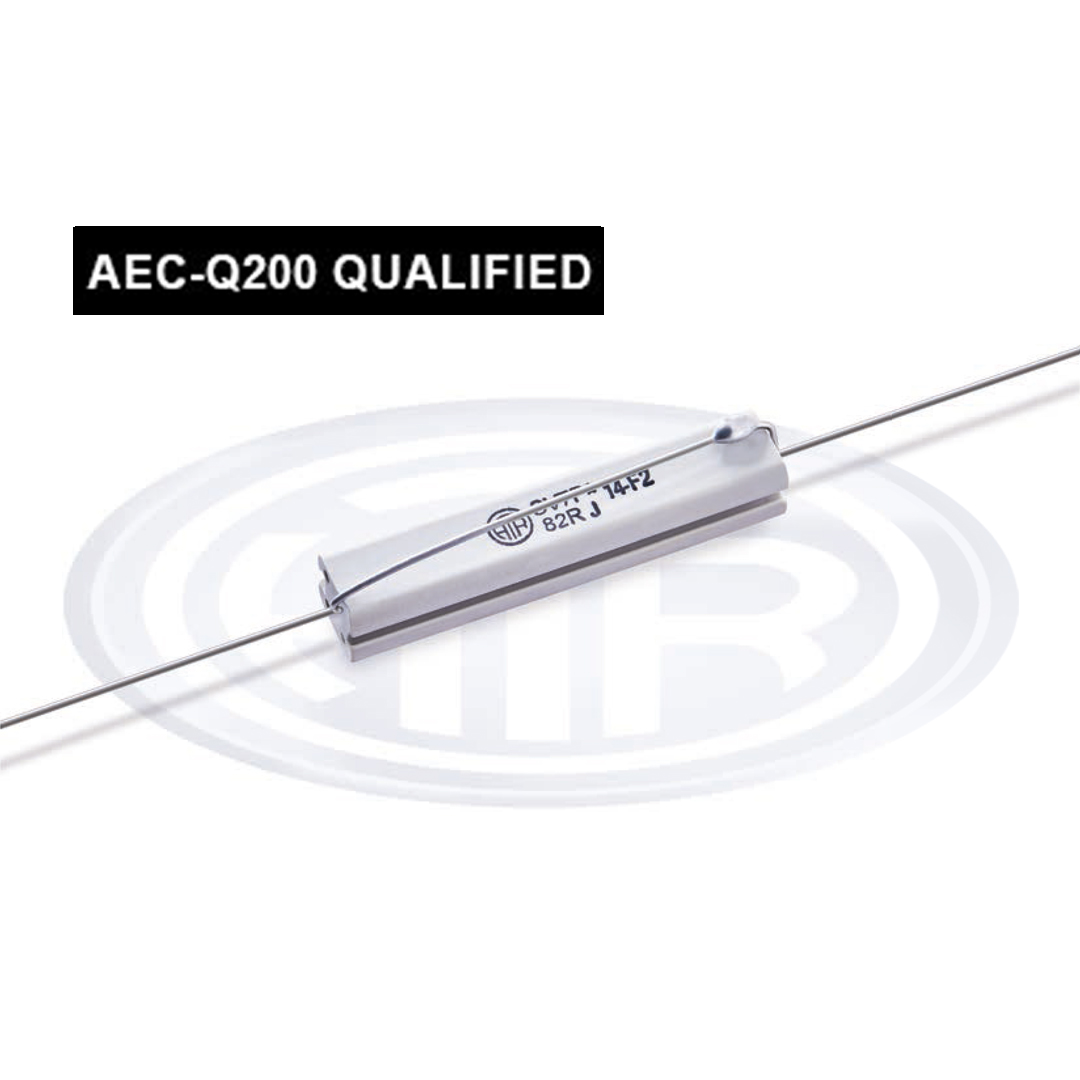 HSVF 7W
10R to 47K
±10% (K); ±5% (J)
|
||||
